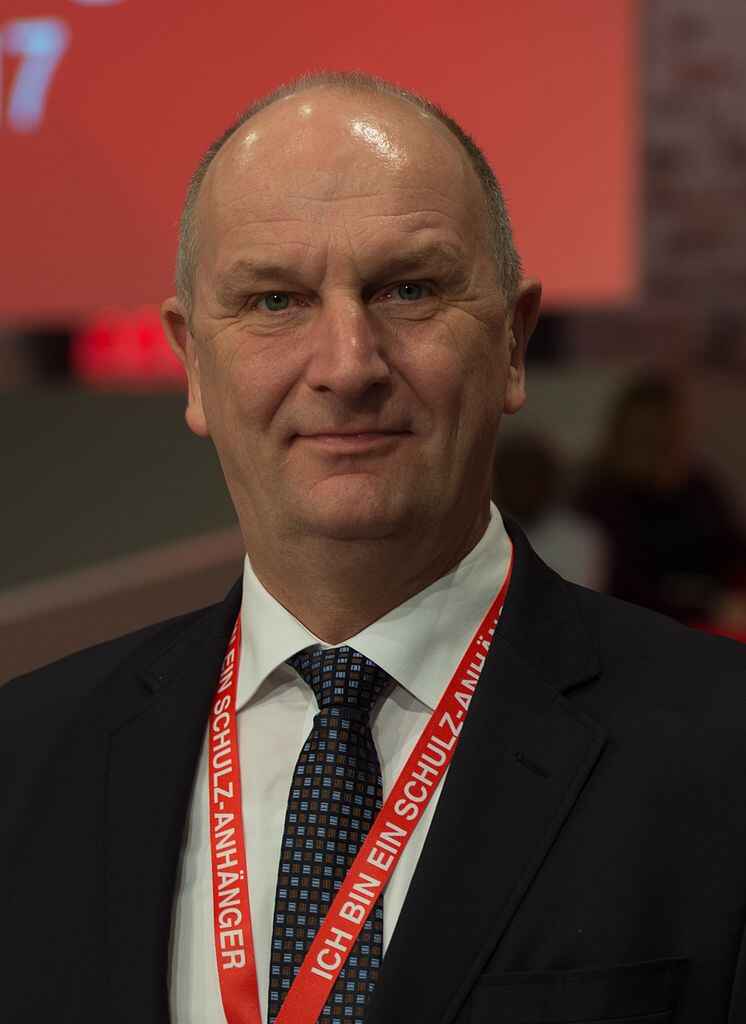
The economic situation in Brandenburg was not a major issue. Most SPD, Green Party and The Left voters think that Red-Green-Red is the best coalition for Brandenburg.
In the 2019 Brandenburg state election, the coalition of SPD and The Left was voted out, the populist, right-wing AfD is on the rise.
On September 1, exactly 2.088602 million voters were called to the polls. Voter turnout was 61.3%, which is up remarkably in comparison with the 47.9% turnout in the 2014 election.
The social-democratic SPD remained the strongest party with 26.2% of the vote and 25 seats, but they lost 5.7% of the vote in comparison with 2014. The loss is even more dramatic if we consider that, in 1994, the SPD minister president Stolpe managed to win 54.1% of the vote, a clear absolute majority. Although that remained a unique achievement, the 2019 result is the worst in the history of the SPD Brandenburg.
The Left lost 7.9% and ended up with 10.7% of the vote and 10 seats. Therefore, the once mighty SPD and the strong Left lost their majority in the Brandenburg Landtag.
The economically liberal FDP managed to increase its share of the vote by 2.6%, but with 4.1% it clearly missed again to pass the threshold of 5% to enter parliament. The BVB/Freie Wähler (Free Voters) were up 2.3% and just managed to get 5% of the vote and 5 seats. The Greens increased their share of the vote by 4.6% and won a total of 10.8% and 10 seats. This result is relevant because the national party’s co-leader, Annalena Baerback, is from the state of Brandenburg. Nevertheless, she remains less popular and powerful than Robert Habeck, the other Green Party co-leader from the region of Schleswig-Holstein, where the Greens won 12.9% in the 2017 regional election. At the same time, it has to be underlined that the Greens have traditionally been weak in East Germany. Therefore, 10.8% in Brandenburg is an honorable result.
The big winner of the 2019 Brandenburg state election is the populist, right-wing AfD with 23.5%. This is a rise of 11.3% in comparison with 2014. The AfD now controls 23 seats in the Landtag.
According to a poll by Infratest dimap, the minister president Dietmar Woidke (SPD) enjoys a 59% job approval rating by all voters. SPD voters give him a 96% rating, The Left voters 76%. Despite these good numbers, Woidke could not save the red-red-coalition of SPD and The Left. In the poll, 46% of all voters gave their thumbs up to Woidke’s coalition, 51% their thumbs down.
Since nobody wants to enter a coalition with the AfD, the next coalition will have to be formed by at least three parties. It is most likely that the next government will be a red-green-red coalition formed by SPD, Greens and The Left. These three parties share most common ground with each other. Most importantly, Infratest dimap found that 63% of SPD voters, 75% of Green Party voters and 72% of The Left voters think that Red-Green-Red is the best option for Brandenburg.
The economic situation was not a major issue in the 2019 Brandenburg state election. According to a poll by Infratest dimap for the German public TV channel ARD, 58% of voters described the economic situation in August 2019 as good, only 38% as bad. In comparison, in 1994, only 25% of Brandenburg voters said that the economic situation was good, 74% said it was bad. In 2004, the numbers were 7% who replied that the economy was sound, 92% said it was bad. In 2009, 29% replied that it was good, 70% that it was bad. The situation had changed by 2014 when 66% said the economy was fine and only 32% found that it was bad.
In August 2019, only 12% of all Brandburg voters replied that their personal situation had worsened in recent years. Among the voters of the populist, right-wing party AfD, 24% said that their personal situation had deteriorated. The second highest dissatisfaction number came from voters of The Left: 11%.
87% of AfD voters said they were unhappy with the state of democracy in Germany. The second worst “democrazy approval rating” came from voters of The Left with 50% happy, 50% unhappy.
Green Party voters were mostly concerned by climate change, the destruction of livelihood (Lebensgrundlagen): 96%. Among AfD voters, that number was 42%.
88% of AfD voters think that crime could substantially rise. 58% of CDU voters, 49% of SPD voters and 24% of Green Party voters share the same concern.
80% of AfD voters fear that their life will change substantially in the future. Among voters of The Left, 46% share similar fears about the future.
92% of AfD voters think that Islam will become too powerful in Germany. 55% of CDU voters, 46% of FDP voters, 41% of SPD voters, 36% The Left voters and 22% of Green Party voters share this concern about the rise of Islam.
In the 2019 Brandenburg regional election, the state was geographically divided: direct mandates in the west of Brandenburg were almost entirely won by the social democratic SPD, direct mandates in the east part of Brandenburg were mostly won by AfD candidates.
Beauty items at Amazon.com and Amazon.co.uk.
Check our article about the 2019 Saxony state election.

Dietmar Woidke auf dem SPD Bundesparteitag am 19. März 2017 in Berlin. Photograph copyright by Olaf Kosinsky (info@kosinsky.eu)
Article added on September 2, 2019 at 18:38 German time. Photo of Woidke added on September 3, 2019 at 11:02 German time.